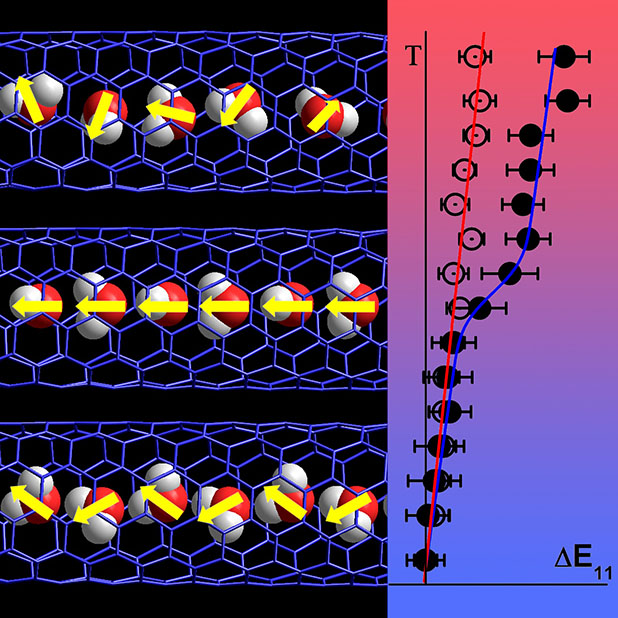
Water in One Dimension
Confined within tiny carbon nanotubes, extremely cold water molecules line up in a highly ordered chain.

Confined within tiny carbon nanotubes, extremely cold water molecules line up in a highly ordered chain.
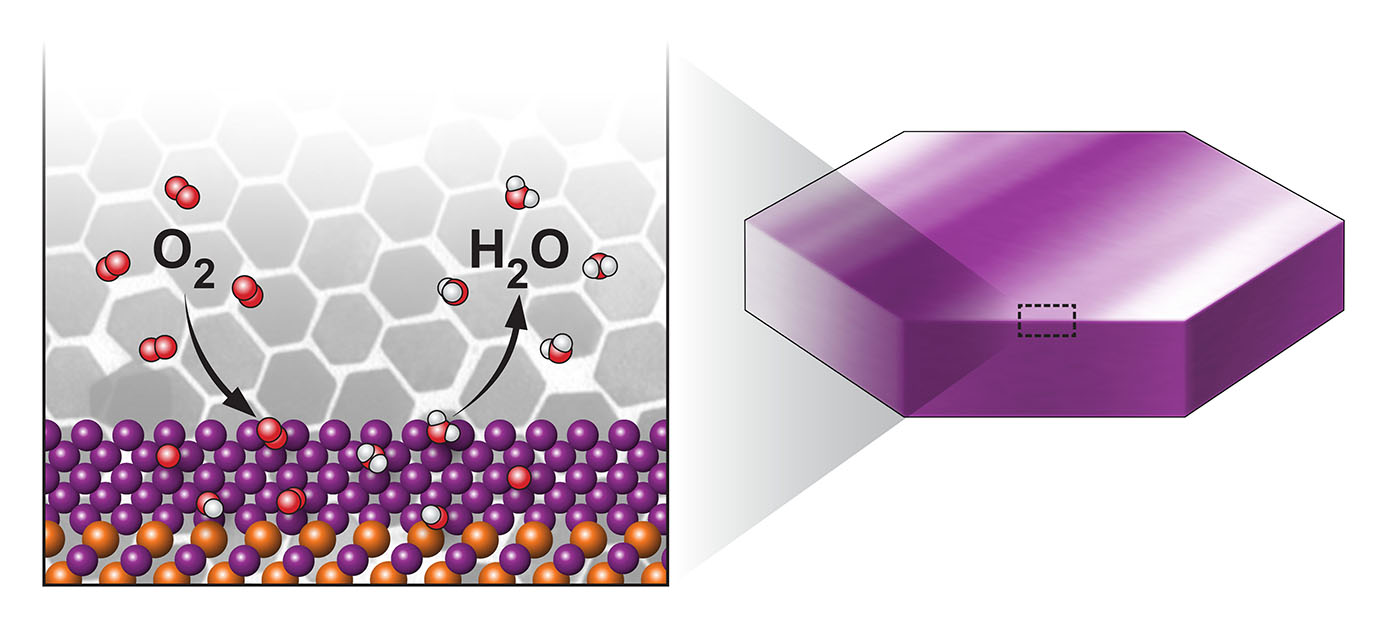
Scientists design outstanding catalysts by controlling the composition and shape of these tiny plate-like structures on the nanoscale.
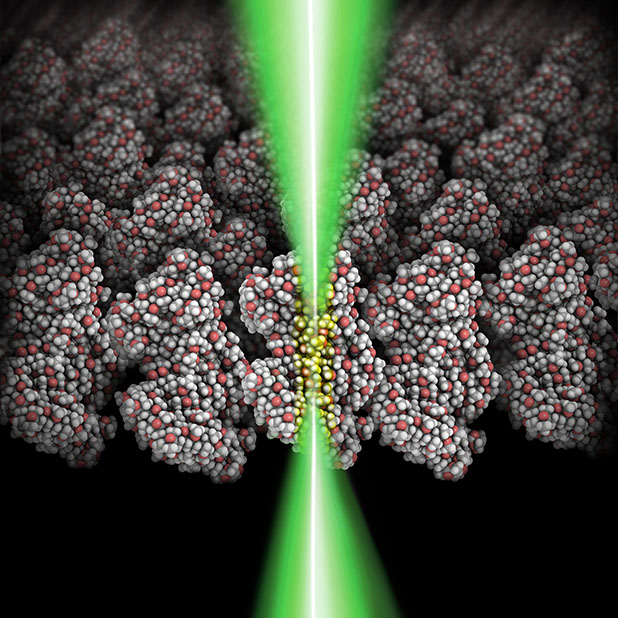
Scientists set record resolution for patterning materials at sizes as small as a single nanometer using microscope-based lithography.
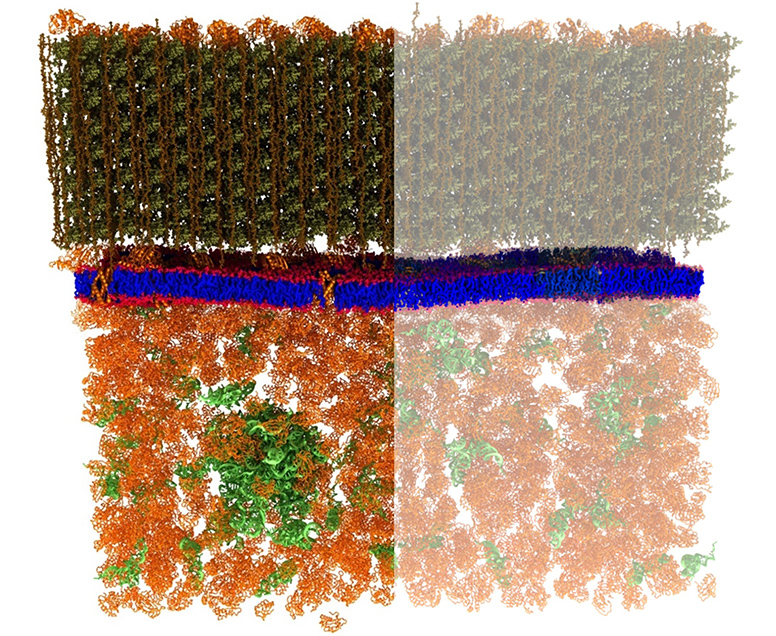
Neutrons provide the solution to nanoscale examination of living cell membrane and confirm the existence of lipid rafts.
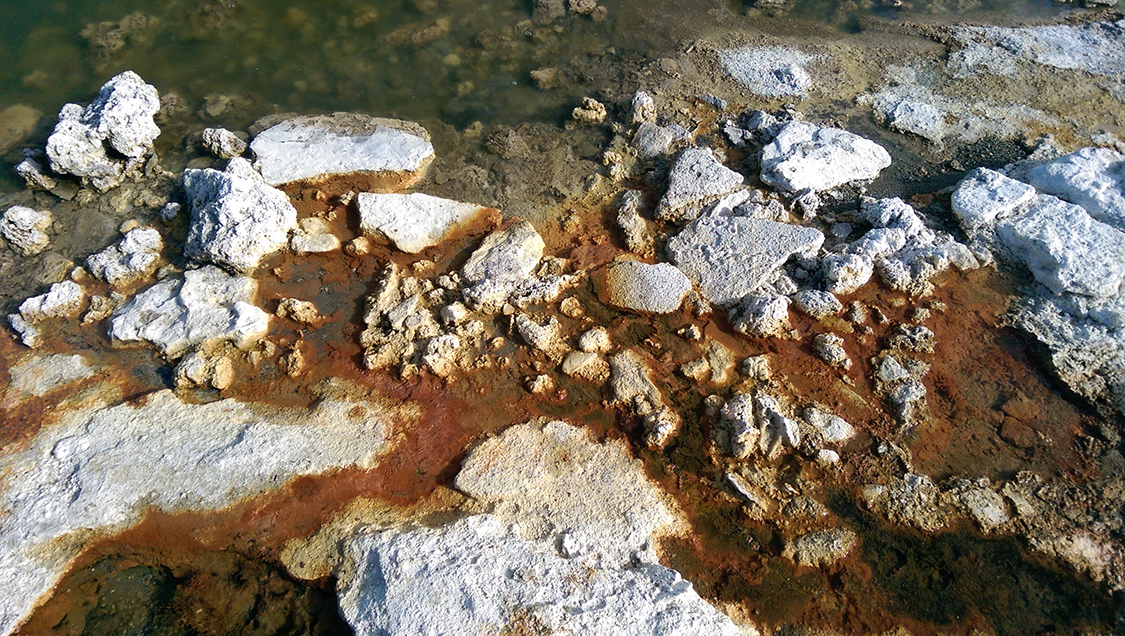
Common constituents prevent uranium from precipitating from liquids, letting it travel with groundwater.
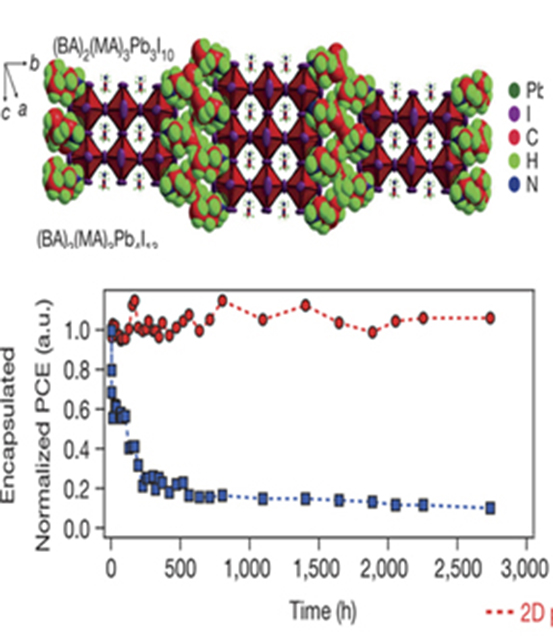
The quest for solar cell materials that are inexpensive, stable, and efficient leads to a breakthrough in thin film organic-inorganic perovskites.
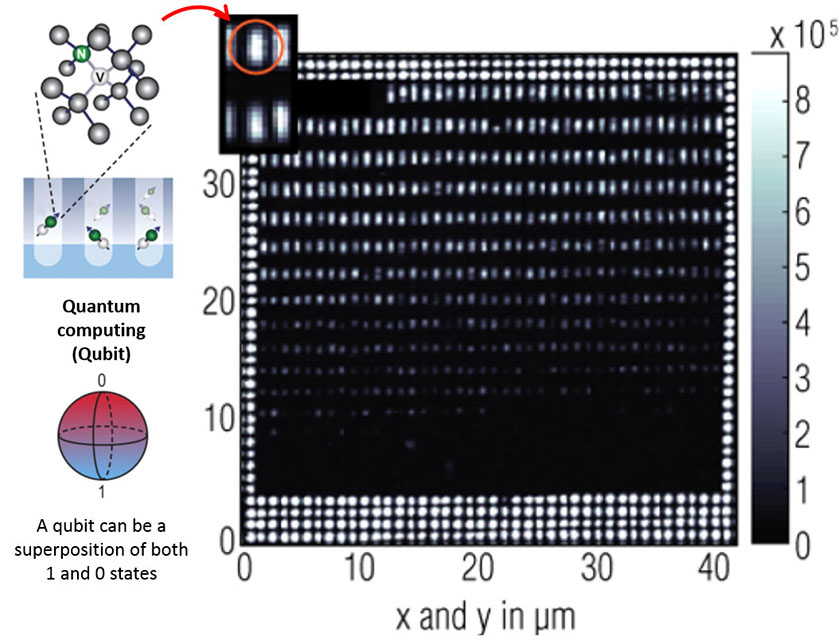
Scientists invent a new approach to creating ordered patterns of nitrogen-vacancy centers in diamond, a promising approach to storing and computing quantum data.
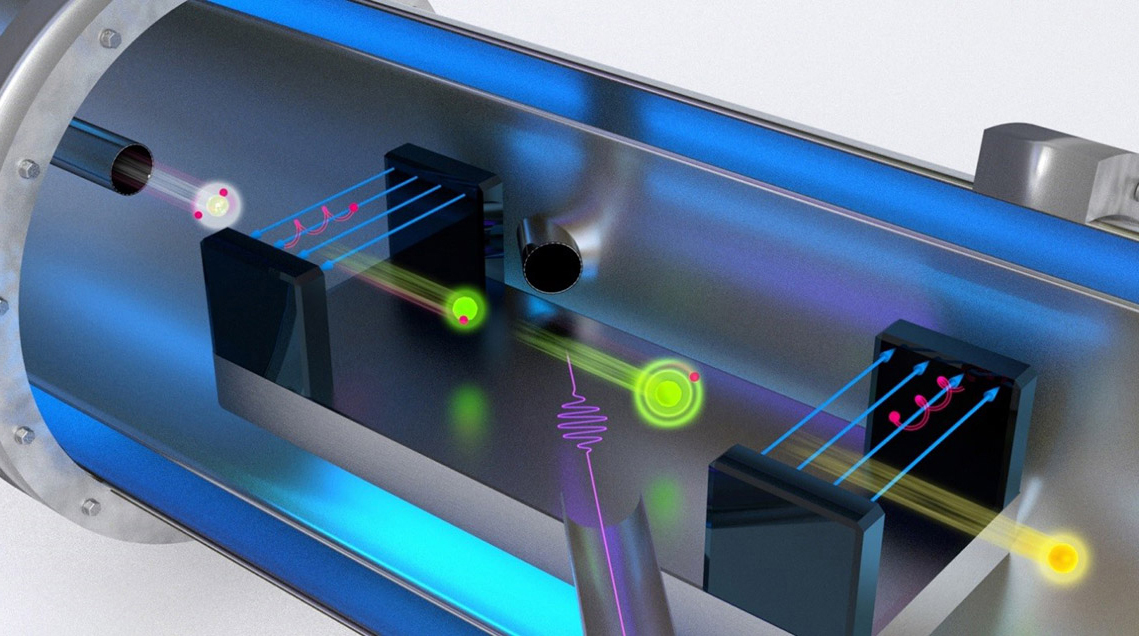
Researchers demonstrate a new technique that could lead to significantly higher power proton beams used to answer tough scientific questions.
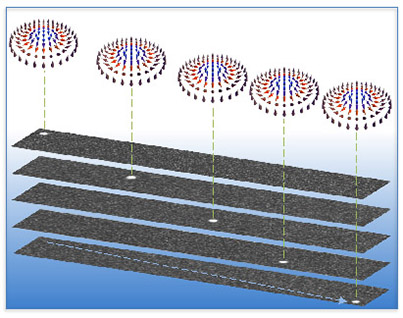
A twisted array of atomic magnets were driven to move in a curved path, a needed level of control for use in future memory devices.
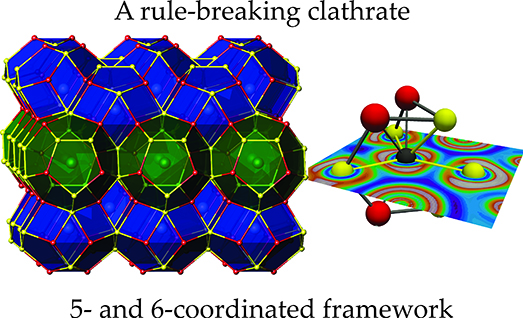
More atomic bonds is the key for performance in a newly discovered family of cage-structured compounds.
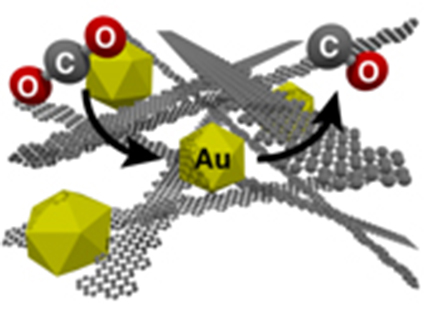
Bottom-up synthesis of tunable carbon nanoribbons provides a new route to enhance industrial, automotive reactions.
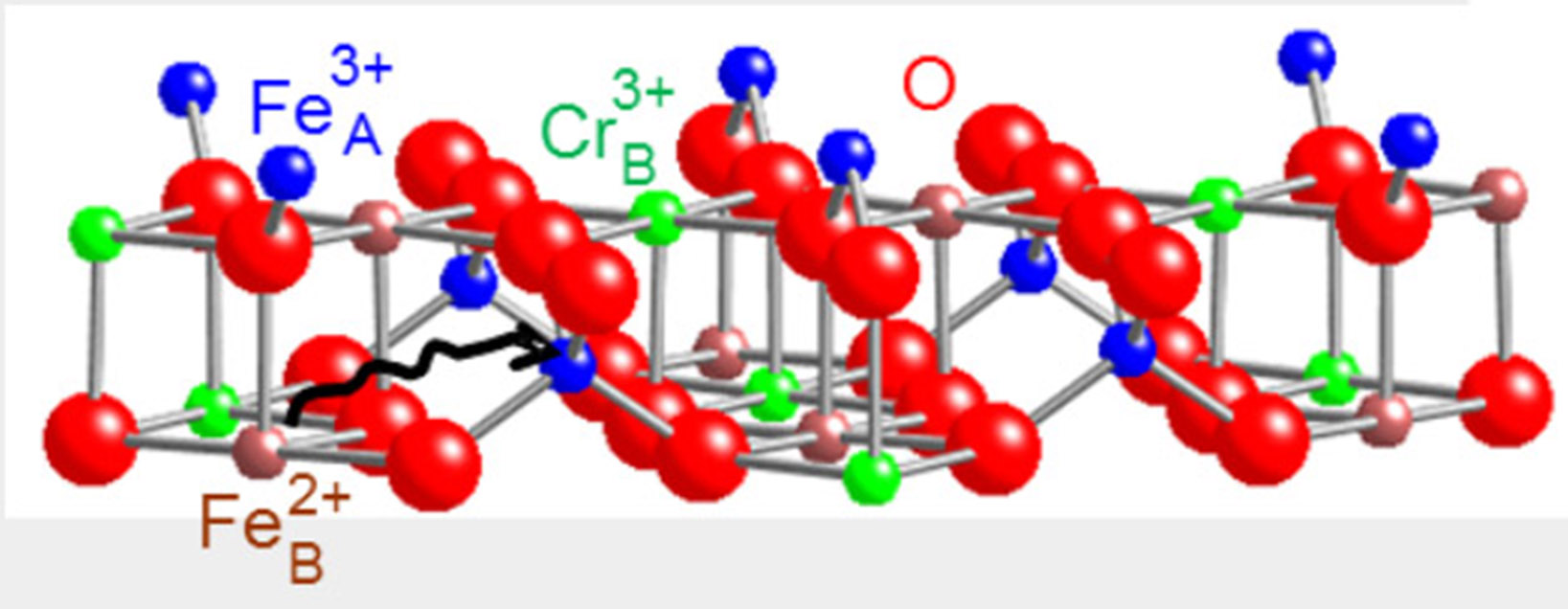
New material based on common iron ore can help turn intermittent sunlight and water into long-lasting fuel.